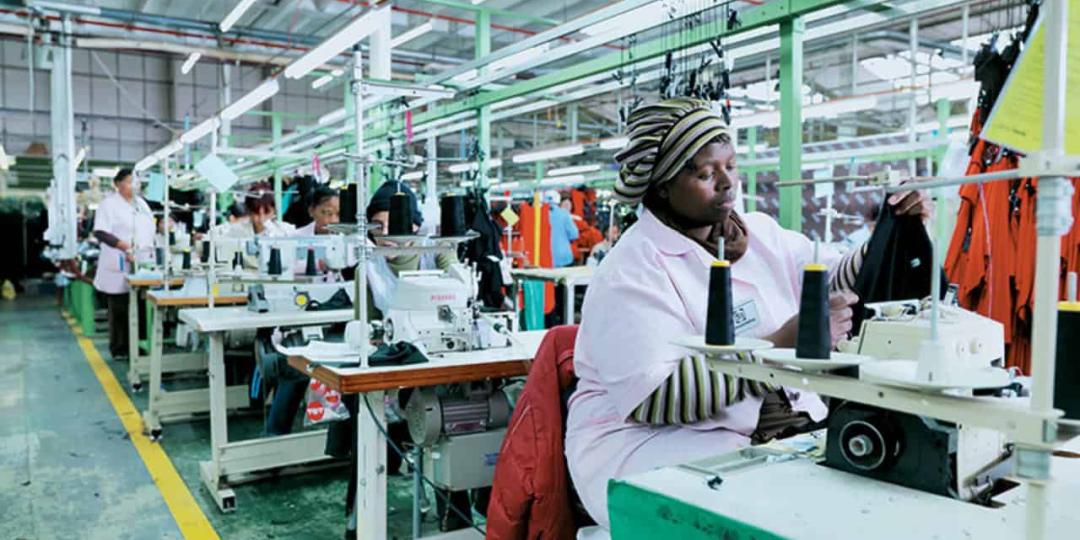Confidence levels among manufacturers dipped 2 points to 26 in the third quarter, the Q3 Absa Manufacturing Survey* shows.
“Although cost and stock pressures appear to be easing slightly, manufacturers are still faced with a tough operating environment,” said Justin Schmidt, head of manufacturing sector at Absa Relationship Banking. “Many manufacturers felt that business conditions worsened during the quarter, with load-shedding, high input costs, and bottlenecks at SA ports all weighing on sentiment.”
The quarterly survey, which covers approximately 700 businesspeople in the manufacturing sector, was conducted by the Bureau for Economic Research at Stellenbosch University between August 10 and 29. The confidence index ranges between zero and 100, with zero reflecting an extreme lack of confidence and 100 extreme confidence where all participants are satisfied with current business conditions.
Although it remains one of the top constraints on current activity, manufacturers have found that amid the easing of supply chain disruptions, shortages of raw materials have become less of a constraint than in 2021. Raw material cost increases slowed, while for the first time since 2020, manufacturers indicated that they had sufficient raw material and finished goods relative to planned production and expected demand. “This should free up working capital and reduce the pressure that manufacturers have felt on their margins,” added Schmidt.
On the back of poor global growth, high inflation and an expectation that South Africa’s energy challenges will continue in the short term, the majority of manufacturers expect business conditions to deteriorate further over the next 12 months. Additionally, as insufficient demand and the cost of credit become larger constraints, manufacturers’ investment intentions have dropped significantly compared to the beginning of the year. “Manufacturers are as pessimistic about the expected business conditions in the next 12 months as they were in the fourth quarter of 2020,” said Schmidt.
In addition, manufacturers are concerned that reduced consumer disposable income could curb demand in the fourth quarter of the year, which is seasonally their peak sales period.
Economic growth, aided by infrastructure spend, an acceleration in regulatory reform, and a reliable supply of energy would go a long way to support the manufacturing sector in the period ahead, Schmidt said.
* Each response is weighted according to the firm’s size and the sector’s contribution, and this is, in turn, adjusted for the response pattern. These weights are updated every five years. The new weights will apply from the third quarter of 2022 onwards. At the same time, the historical time series going back to 2013 were revised to reflect the latest business census and other official results. The revision led to very small changes in the results relative to those published previously.













